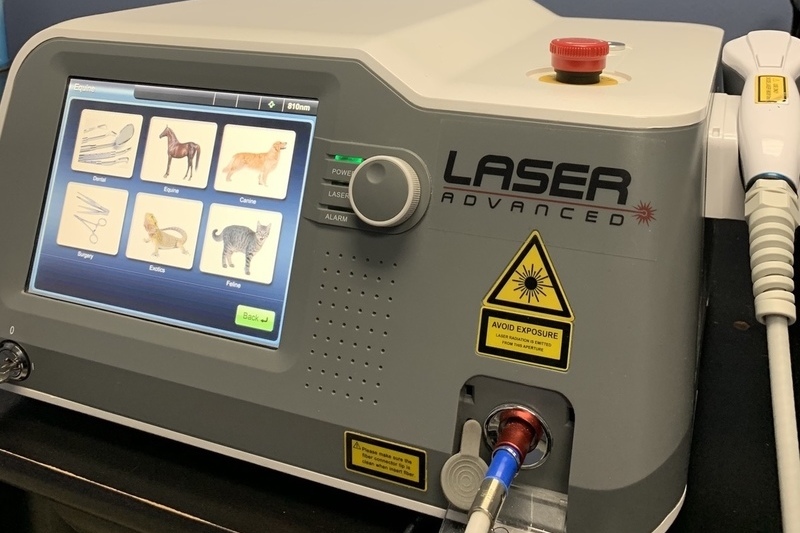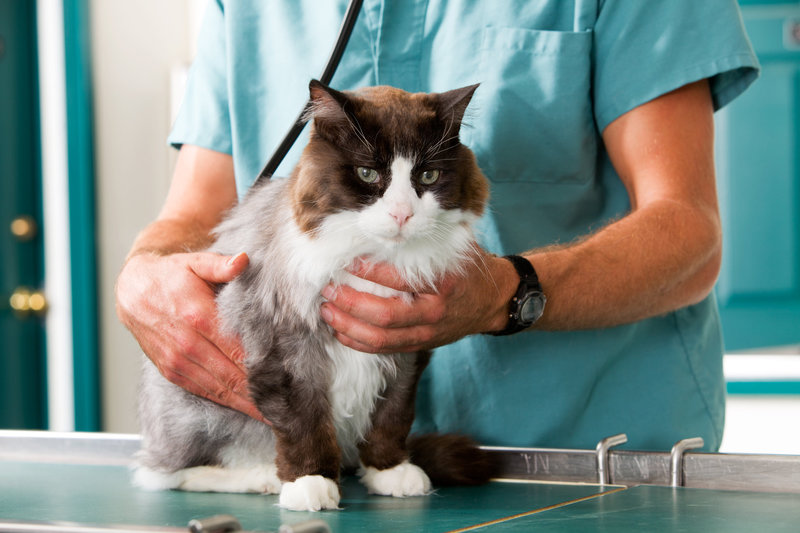
Laser Advanced Dual Therapeutic and Surgical Lasers
Class IV laser therapy is one of the fastest growing modalities in the veterinary profession. Laser Advanced Lasers offer the latest technology and software loaded with preset protocols for all of the most common animals treated in Veterinary practice. We offer the C Series, J Series, and W Series with specific software for Veterinary Medicine for both conservative and aggressive treatment options designated for the particular animal and injury you are treating. Laser Advanced also offers Lasers for use in Veterinary surgery. Our units are capable of therapy only, diode laser surgery only, or for the most flexible option select a unit capable of both! We are proud to be one of the only companies to offer the dual option. Multiple clinical studies have proven that laser therapy relieves pain and inflammation, stimulates nerve regeneration, speeds up healing, prevents scarring, and reduces swelling. Nearly 80% of veterinary patients can benefit from laser therapy.
Let’s take a look at four benefits of investing in a laser therapy system:
- Better Clinical Results
- Treat Patients in All Parts of Your Clinic
- Build a Reputation for Being on the Forefront of Veterinary Technology
- More Efficient Use of Your Time
Many veterinarians invest in Class IV lasers to keep up with the latest modalities; however, they are surprised to learn that laser therapy systems can substantially increase their revenue by attracting new clients, encouraging customer loyalty, and reducing treatment times.

Benefits of laser surgery
- Less Bleeding
- Less Pain
- Less Swelling after Surgery
- Quicker Recovery from Surgery
Treat Patients in All Parts of Your Clinic
Laser Advanced provides products for both stationary and DVMs on the move. Our J Series are light, compact, easy to use, which enables DVMs and technicians to treat animals in all parts of the clinic rather than being confined to one room. When the surgeon has finished operating on a patient, the laser can be easily carried in for a quick treatment of the incision. If a water treadmill is employed during rehab, the laser can be used—while kept dry, of course—on a joint while it is weight-bearing and being put through its full range of motion. For the geriatric dog that cannot be lifted onto the table, the laser can be brought down to the ground for a comfortable treatment session.
It’s no secret that pet owners feel more confident when veterinarians use the latest modalities. Because laser therapy is beneficial for most patients, you will have plenty of opportunities to demonstrate that you are on the forefront of veterinary technology. When you explain the simple science behind laser therapy and its far-reaching benefits, your clients will remain loyal and will be more likely to refer other pet owners to your practice. Then the results speak for themselves. Faster healing times, less scarring, reduced inflammation and pain—these are just a few reasons why pet owners are referring their family, friends, and colleagues to DVMs who offer laser therapy.
More Efficient Use of Your Time
Laser Advanced Lasers employ sophisticated software that helps technicians apply a tailored protocol that adjusts the intensity, wavelength, and pulse frequency based on the specific tissue-types they are treating and animal, but all behind the scenes of an easy-to-use, touchscreen user interface. This saves the technician time and improves patient outcomes.
Perhaps more importantly, since the technicians can perform these treatments effectively and consistently, the veterinarian’s time is freed up to perform other revenue-generating procedures.
Laser therapy is now in approximately 40% of US veterinary clinic. Several clinical studies have demonstrated that Class IV lasers offer better clinical results than alternative treatments in both surgical and therapeutic applications. They have also proven to be smart investments for veterinary practices by helping DVMs attract new clients, encourage customer loyalty, and reduce treatment times.

